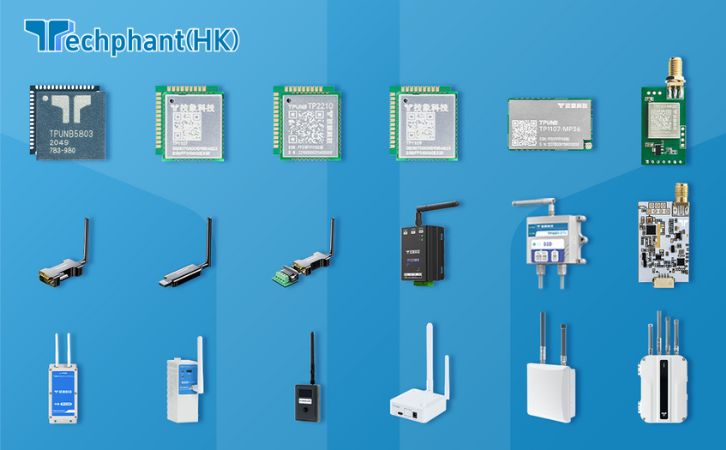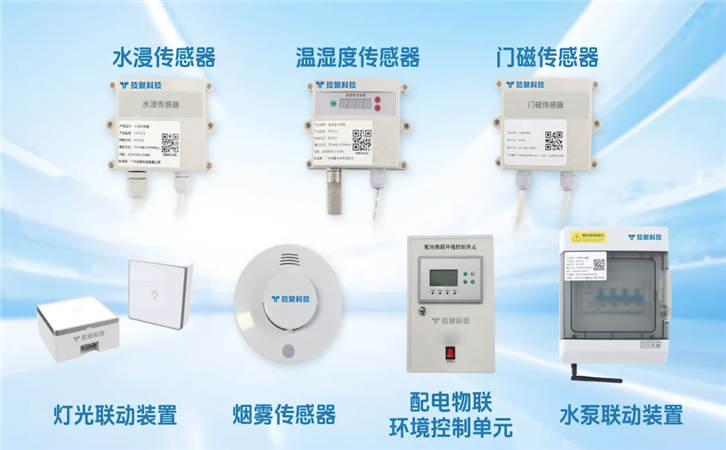The Industrial Internet of Things (IIoT) is revolutionizing industrial automation by enabling remote monitoring and control of complex processes in manufacturing, energy, and other sectors. IoT devices, such as sensors and actuators, collect real-time data from equipment and environments, transmitting it to centralized platforms for analysis and action. This capability allows operators to monitor operations, diagnose issues, and control systems from anywhere in the world, enhancing efficiency, safety, and responsiveness. By reducing the need for on-site intervention and enabling data-driven decisions, IoT is transforming industrial workflows. This article explores the impact of IoT on remote monitoring and control, detailing its applications, benefits, and challenges.
I. Enabling Real-Time Visibility Across Industrial Operations
IoT technologies provide unparalleled visibility into industrial processes by collecting and transmitting data in real time. Sensors deployed on machinery, pipelines, or production lines monitor parameters like temperature, pressure, vibration, and energy consumption. This data is sent via wireless networks, such as 5G, Wi-Fi, or LoRaWAN, to cloud-based platforms or edge devices, where it is aggregated and visualized on dashboards accessible from remote locations.
For example, in an offshore oil platform, IoT sensors monitor pump performance and pipeline integrity, transmitting data to a control center thousands of miles away. Operators can track real-time metrics, such as flow rates or corrosion levels, and receive alerts if anomalies are detected. This eliminates the need for frequent on-site inspections, reducing costs and risks. In manufacturing, IoT-enabled cameras and sensors on assembly lines allow remote supervisors to monitor production quality, ensuring consistency without physical presence.
Real-time visibility also enhances collaboration. Multiple stakeholders, from engineers to executives, can access the same IoT data through secure portals, enabling coordinated decision-making. For instance, a factory manager in one country can share production metrics with a supply chain team in another, optimizing resource allocation. Industry studies estimate that IoT-driven remote monitoring can reduce operational costs by 15–20% by minimizing travel and downtime, making it a cornerstone of modern industrial automation.
II. Facilitating Remote Control and Automation
Beyond monitoring, IoT enables remote control of industrial systems, allowing operators to adjust processes, troubleshoot issues, and automate tasks from afar. IoT-enabled actuators and controllers, integrated with Programmable Logic Controllers (PLCs) or Supervisory Control and Data Acquisition (SCADA) systems, execute commands based on real-time data. This capability is critical in environments where on-site intervention is impractical or hazardous.
In a chemical processing plant, for example, IoT sensors detect a pressure spike in a reactor. The data triggers an automated response via a PLC, which adjusts valve settings to stabilize the system, while operators monitor and fine-tune the process remotely. Similarly, in a wind farm, IoT systems allow technicians to adjust turbine blade angles from a control center to optimize energy output based on wind speed data. This level of control reduces response times and enhances operational efficiency.
Remote control also supports automation scalability. IoT platforms can integrate with artificial intelligence (AI) to automate routine adjustments, such as optimizing energy usage in a factory during off-peak hours. For instance, IoT sensors in a data center can monitor server temperatures and automatically adjust cooling systems to maintain efficiency, with operators overseeing the process remotely. This automation reduces human error and labor costs, with studies showing productivity gains of up to 25% in IoT-enabled facilities.
III. Enhancing Safety and Compliance Through Remote Oversight
IoT-driven remote monitoring and control significantly improve safety and regulatory compliance in industrial settings. By providing real-time data on hazardous conditions, such as gas leaks or equipment malfunctions, IoT systems enable rapid intervention without exposing workers to danger. Remote control capabilities further enhance safety by allowing operators to shut down or adjust systems from a safe distance.
In a mining operation, for example, IoT sensors monitor air quality and structural stability in underground tunnels, sending alerts to a remote control center if carbon monoxide levels rise. Operators can then activate ventilation systems or halt operations remotely, protecting workers from harm. Similarly, in a pharmaceutical plant, IoT sensors track cleanroom conditions, such as humidity and particle levels, ensuring compliance with strict regulatory standards like Good Manufacturing Practices (GMP). Remote dashboards provide auditable records, simplifying compliance reporting.
IoT also enables predictive safety measures. By analyzing historical and real-time data, IoT systems can forecast risks, such as equipment overheating, and trigger preventive actions. For instance, in a power plant, sensors detecting abnormal transformer temperatures can prompt remote adjustments to cooling systems, averting potential failures. This proactive approach enhances worker safety and reduces the risk of costly regulatory violations, making IoT a vital tool for compliant operations.
IV. Challenges in Implementing IoT for Remote Monitoring and Control
Despite its transformative potential, implementing IoT for remote monitoring and control presents several challenges. First, cybersecurity is a critical concern. IoT devices connected to external networks are vulnerable to cyberattacks, such as data breaches or unauthorized control of systems. For example, a hacked sensor in a water treatment plant could send false readings, leading to improper chemical dosing. Robust security measures, including end-to-end encryption, multi-factor authentication, and network segmentation, are essential but increase complexity and costs.
Second, interoperability issues arise from the diversity of IoT devices and protocols. Factories often use equipment from multiple vendors, each with proprietary systems. Standardizing protocols like MQTT or OPC UA is critical, but integrating legacy systems with modern IoT solutions requires costly gateways or retrofitting. For instance, a 30-year-old PLC may not support IoT connectivity, necessitating custom integration.
Third, reliable connectivity is a challenge, particularly in remote or harsh environments. Offshore platforms or rural factories may lack stable 5G or Wi-Fi networks, disrupting data transmission. Low-power, long-range protocols like LoRaWAN can help, but their deployment requires careful planning. Additionally, managing the massive data volumes generated by IoT devices demands scalable cloud or edge computing infrastructure, which can strain budgets.
Finally, workforce adaptation is a hurdle. Operators need training to use IoT platforms, interpret data, and execute remote controls effectively. Resistance to new technologies or skill gaps can slow adoption. Addressing these challenges requires strategic investments in security, infrastructure, and training, as well as collaboration with IoT vendors to ensure seamless integration.
Conclusion
IoT is reshaping industrial automation by enabling remote monitoring and control, offering real-time visibility, automated process adjustments, and enhanced safety and compliance. From offshore oil platforms to manufacturing plants, IoT systems empower operators to manage complex operations from anywhere, reducing costs, improving efficiency, and mitigating risks. However, challenges like cybersecurity, interoperability, and connectivity must be addressed to fully realize these benefits. As IoT technologies advance and industries adopt standardized protocols and robust infrastructure, remote monitoring and control will continue to drive smarter, safer, and more sustainable industrial workflows, defining the future of automation.


